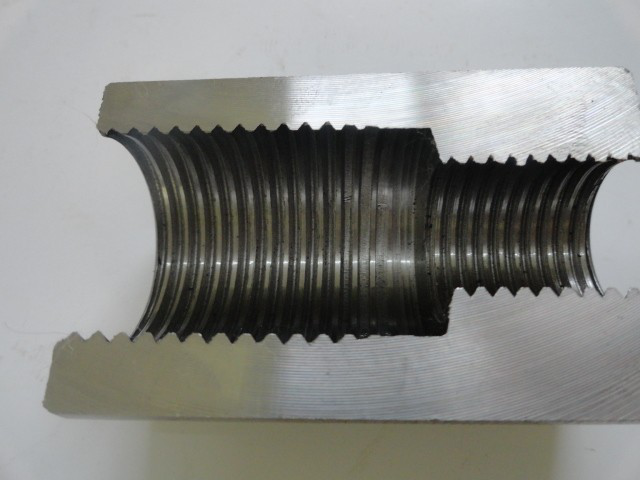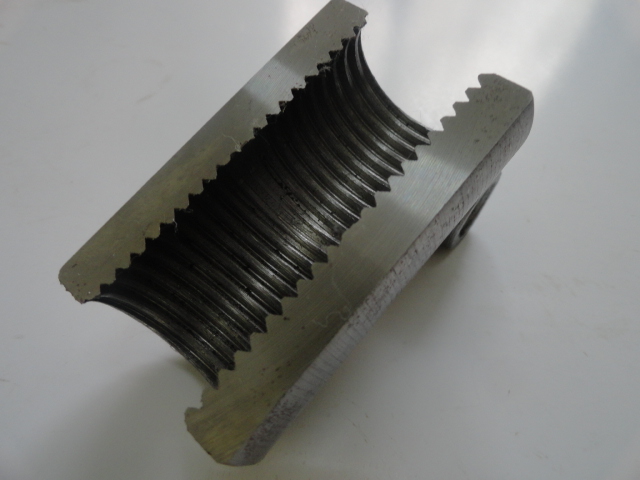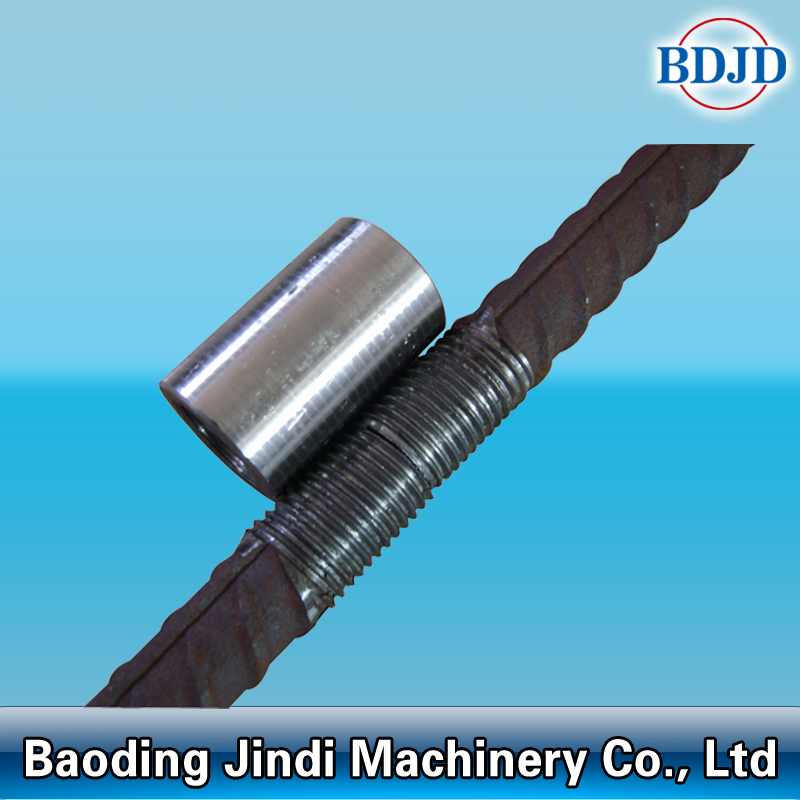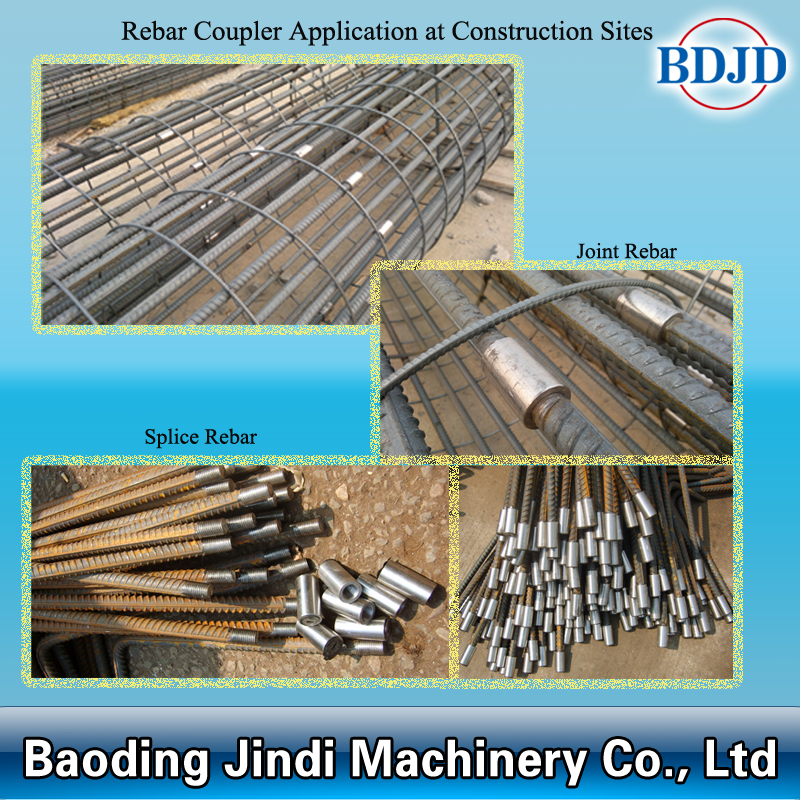1. Fluoroplastic centrifugal pumps are mainly divided into IHF centrifugal pumps, CQB magnetic pumps, FZB self-priming pumps and FSB centrifugal pumps. Among them, FSB fluoroplastic centrifugal pumps are used more. The reasonable use of it will give you an unexpected gain, because it is easy to use and greatly improves work efficiency. The working principle of the fluoroplastic pump: the impeller is installed in the pump casing and fastened on the pump shaft, and the pump shaft is directly driven by the motor. The center of the pump casing is connected to the suction pipe. The liquid enters the pump through the bottom valve and the suction pipe. The liquid discharge port on the pump casing is connected to the discharge pipe. The pump casing is filled with the liquid to be delivered before the pump is started.
After starting, the impeller is driven by the shaft to rotate at a high speed, and the liquid between the blades must also rotate. Under the action of centrifugal force, the liquid is thrown from the center of the impeller to the outer edge and obtains energy, leaving the outer edge of the impeller at high speed into the volute casing. In the volute, the liquid decelerates due to the gradual expansion of the flow path, and part of the kinetic energy is converted into static pressure energy, and finally flows into the discharge pipe at a relatively high pressure and is sent to a place where it is needed. When the liquid flows from the center of the impeller to the outer edge, a certain vacuum is formed in the center of the impeller. Since the pressure above the liquid level of the tank is greater than the pressure at the inlet of the pump, the liquid is continuously pressed into the impeller.
It can be seen that as long as the impeller rotates continuously, the liquid is continuously sucked in and discharged.
2. The air-binding phenomenon of the fluoroplastic centrifugal pump: When there is air in the pump casing, the centrifugal force is generated because the density of the air is much smaller than the density of the liquid. Therefore, the pressure difference between the liquid level above the storage tank and the suction port of the pump is insufficient to press the liquid in the storage tank into the pump, that is, the centrifugal pump has no self-priming ability, so that the centrifugal pump cannot transport the liquid, and this phenomenon is called “air bindingâ€. phenomenon". In order to fill the pump with liquid, a bottom valve with a filter is usually installed at the bottom of the suction pipe. The bottom valve is a reverse valve. The function of the filter screen is to prevent solid particles from entering the pump and damage the impeller or hinder the normal operation of the pump.
3 Fluorine plastic centrifugal pump features: reasonable structure, strong corrosion resistance, tight and reliable sealing performance, stable operation, low noise and long service life.

Concerned about surprises
Label: Basic understanding of fluoroplastic centrifugal pumps
Previous: Characteristics, use and working conditions of magnetic pump Next: What is self-enhanced processing system
Rebar Coupler is used to connect threaded rebar with diameter from 12mm-50mm.
Types of Rebar Parallel Thread Splicing Coupler:
1. Standard type;
2. Left-handed & right-handed type;
3. Transition type;
4. Nut-locking type;
5. Wide Mouth type.


Rebar Coupler Advantages
1. Material: 45C or 40Cr.
2. High precision thread, full thread type, no false thread.
3. Bar break by tensile strength test.
4. Install quickly, conveniently, shorten construction period, cost effective.


We have the ability to customize according to the customer's request!
Rebar Coupler
Rebar Mechanical Coupler Price,Reinforcing Black Color Rebar Coupler,Rebar Splicing Sleeve,Material Steel Rebar Coupler
BAODING JINDI MACHINERY CO., LTD , https://www.rebarconnector.com